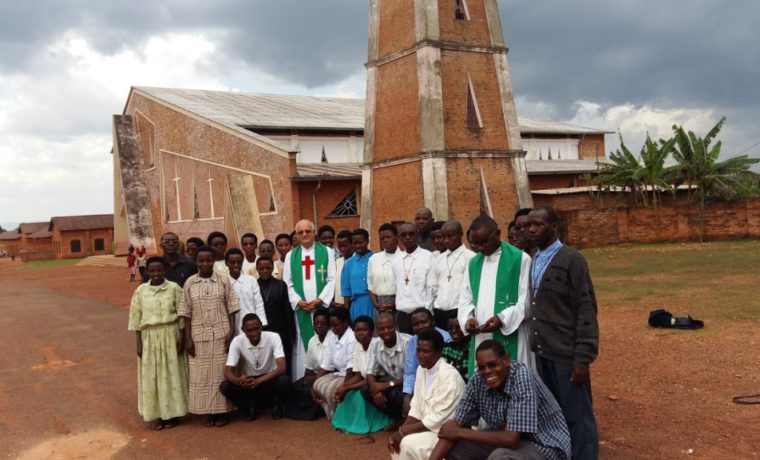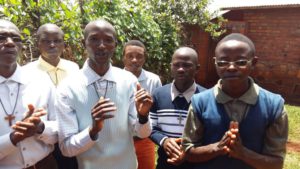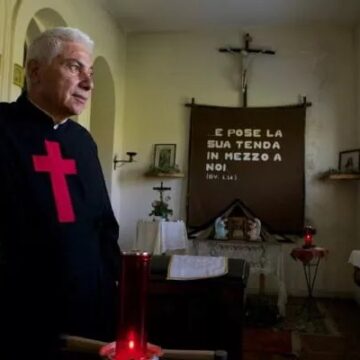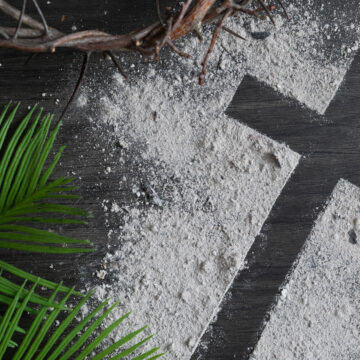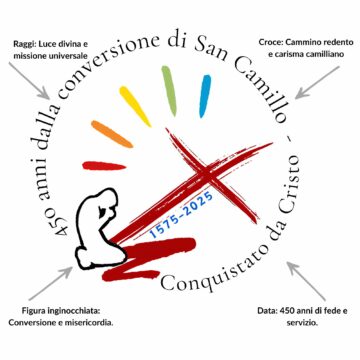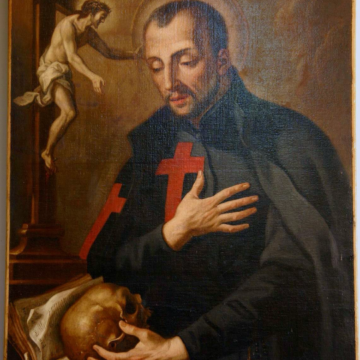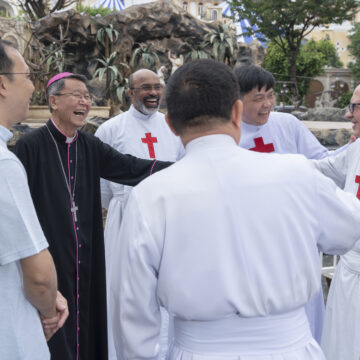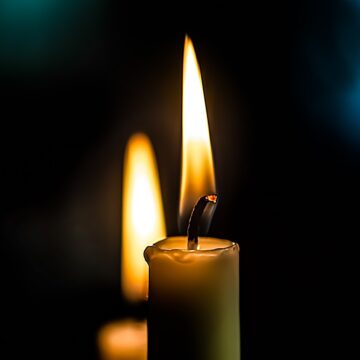Paolo Guarise
The Camillians are present in about ten African countries. After the first failed attempt in the Sudan at the end of the nineteenth century with Fr. Stanislao Carcereri, the Camillians settled in Tanzania (1959), Burkina Faso (1966), Benin (1971), and then in Togo and the Central African Republic, Kenya (1976), Madagascar (1977), Uganda (2000), and more recently in the Ivory Coast (2015). For a short while they were also in Senegal. Nobody, however, knew that there are Camillians in Burundi as well, even if ‘incognito’ and outside any official legal framework.
Since the end of the 1990s, and more precisely since 1997, a group of Christians – both men and women – have existed who call themselves the Fraternité Saint Camille. They strive to provide care to sick people following the spirituality of St. Camillus de Lellis. The inspiration to do this came from a young man who is now over fifty, Angelo Ndikumasabo, who began to care for the sick first in Bujumbura, the capital of Burundi, and then in Gitega, the second city of Burundi, which is located in the centre of this small African country with its six million inhabitants.
Angelo gradually surrounded himself with other companions who wanted to care for poor sick people, people who could not afford to be treated or who had been abandoned by their families. With the passing of time, the group organised itself more effectively and chose to have a common life according to the requirements of Mother Church. The Bishop of Gitega, Msgr. Simon Ntamwana, given their genuine spirit and the constancy with which they behaved, exhorted them to entrust themselves to the saint of the sick, St. Camillus de Lellis, calling their group – in which men had by now been joined by women– ‘the Camillian Group of Gitega’. Indeed, they are simply a ‘group’ (not an association) of Christians who work under the guidance of their bishop, taking private vows in front of their chaplain.
However, this group wants to have an autonomous life and to be recognised officially by the Church, and thus it wants to be aggregated with, or placed totally within, the Order of the Ministers of the Sick. To this end, and to acquire greater knowledge of the saint of the sick, they proposed to the undersigned to go to Burundi and have a spiritual retreat whose subject would be the Camillian charism and Camillian spirituality. And so it was that things took their course. After receiving a letter of invitation from Msgr. Ntamwana, the Bishop of Gitega, I took a plane and went to discover these ‘de facto Camillians’.
They are organised into two groups. The male group has about thirty members distributed between three communities. The female group has about thirty-five women and is also distributed between three communities. Their homes, in line with the life of the country – Burundi is one of the poorest countries in Africa – are very simple and essential. They themselves built these houses with their own hands. They have only one floor and are made of red bricks which are the cheapest way of making walls. Since paid work and jobs are not easily found, each house has a patch of land to be cultivated as a garden. In addition, there is always some animal or other to look after: a cow, a pair of pigs, some rabbits. They live a simple life, centred around the community, and they alternate prayers with study, work and looking after the sick. They are planning to follow some course of specialisation or other but this is problematic because of difficulties in paying the enrolment fees. They are waiting to be aggregated with, or better placed within an Order or Congregation in a complete way, so as to be recognised by the Holy see and have a full place in the Church of God. There can be no doubt about the divine origins of their vocation and apostolate, otherwise they would have already been dispersed during the twenty years of their activity, as the rabbi Gamaliel said on another occasion (see Acts 5:38-39). Instead, their numbers are increasing every year. St. Camillus, therefore, has been in Burundi for some time. Now it is up to us Camillians to gain time.



